
Charleston: The Jewel of Southern Charm
Explore Charleston, South Carolina: A blend of historic charm, stunning waterfront views, and Southern culinary delights, perfect for history buffs, foodies, and nature lovers alike.
Charleston, South Carolina, is a city that embodies the essence of Southern charm and hospitality. With its cobblestone streets, historic mansions, and centuries-old churches, Charleston offers a glimpse into America's rich past while providing all the modern amenities a traveler could desire. The city is known for its well-preserved architecture and a vibrant cultural scene that includes art galleries, theaters, and museums. One of Charleston's most captivating features is its waterfront. Stroll along The Battery promenade and take in stunning views of Charleston Harbor. Nearby, you'll find Waterfront Park, perfect for a relaxing afternoon. Don’t miss a boat tour to Fort Sumter, where the first shots of the Civil War were fired. History buffs will also appreciate walking tours that delve into the city's storied past, including its role in the American Revolution and the antebellum South. For food lovers, Charleston is a culinary paradise. The city boasts a variety of dining options that range from traditional Southern fare to innovative contemporary cuisine. Be sure to try local specialties like shrimp and grits, she-crab soup, and Lowcountry boil. The Charleston City Market is a must-visit for unique gifts and local crafts, where you can also witness the art of sweetgrass basket weaving, a craft passed down through generations. Nature enthusiasts will find plenty to love in Charleston as well. The city's subtropical climate makes it ideal for exploring its many gardens, parks, and nearby beaches. Take a trip to Magnolia Plantation and Gardens to experience one of the oldest public gardens in America. Or spend a day at one of the nearby barrier islands, like Sullivan's Island or Folly Beach, where you can relax by the ocean or engage in water sports.
Local tips in Charleston
- Visit during spring or fall for pleasant weather and fewer crowds.
- Book guided walking tours in advance to secure a spot, especially in peak seasons.
- Wear comfortable shoes for walking on the city's cobblestone streets.
- Try the local seafood; it's some of the freshest you'll ever taste.
- Use the free DASH Trolley for easy and convenient transportation around the city.
Neighbourhoods in Charleston
Charleston: The Jewel of Southern Charm
Charleston, South Carolina, is a city that embodies the essence of Southern charm and hospitality. With its cobblestone streets, historic mansions, and centuries-old churches, Charleston offers a glimpse into America's rich past while providing all the modern amenities a traveler could desire. The city is known for its well-preserved architecture and a vibrant cultural scene that includes art galleries, theaters, and museums. One of Charleston's most captivating features is its waterfront. Stroll along The Battery promenade and take in stunning views of Charleston Harbor. Nearby, you'll find Waterfront Park, perfect for a relaxing afternoon. Don’t miss a boat tour to Fort Sumter, where the first shots of the Civil War were fired. History buffs will also appreciate walking tours that delve into the city's storied past, including its role in the American Revolution and the antebellum South. For food lovers, Charleston is a culinary paradise. The city boasts a variety of dining options that range from traditional Southern fare to innovative contemporary cuisine. Be sure to try local specialties like shrimp and grits, she-crab soup, and Lowcountry boil. The Charleston City Market is a must-visit for unique gifts and local crafts, where you can also witness the art of sweetgrass basket weaving, a craft passed down through generations. Nature enthusiasts will find plenty to love in Charleston as well. The city's subtropical climate makes it ideal for exploring its many gardens, parks, and nearby beaches. Take a trip to Magnolia Plantation and Gardens to experience one of the oldest public gardens in America. Or spend a day at one of the nearby barrier islands, like Sullivan's Island or Folly Beach, where you can relax by the ocean or engage in water sports.
When is the best time to go to Charleston?
Iconic landmarks you can’t miss
Charleston City Market
Experience the charm of Charleston at the historic City Market, where local crafts meet Southern flavors in a vibrant cultural hub.
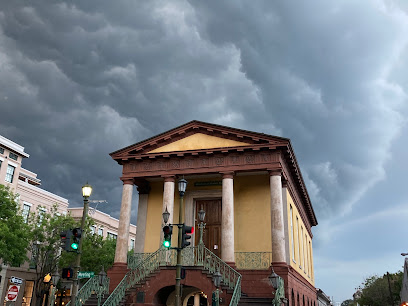
Bulldog Tours
Experience the heart of Charleston with Bulldog Tours - where history meets adventure in every step of your journey.
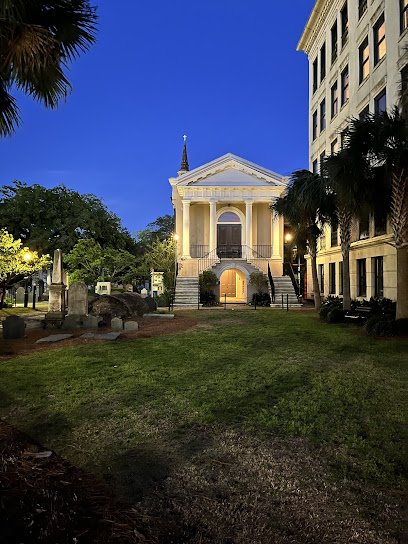
Fort Sumter National Monument
Explore Fort Sumter National Monument, a historic fortress in Charleston Harbor, where the Civil War began and American history comes alive.
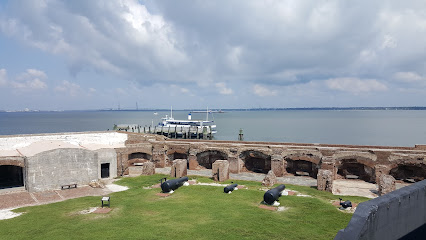
Joe Riley Waterfront Park
Discover the beauty and tranquility of Joe Riley Waterfront Park, a scenic gem in Charleston, perfect for relaxation, picnics, and stunning river views.

Angel Oak Tree
Explore the awe-inspiring Angel Oak Tree, a 400-year-old natural wonder that embodies Southern history and beauty on Johns Island.
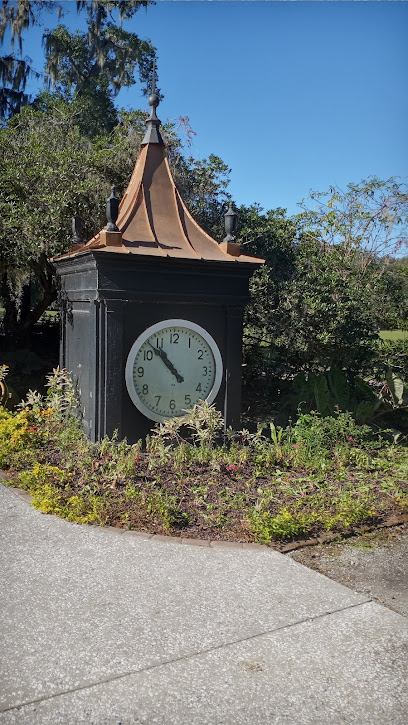
Magnolia Plantation and Gardens
Explore the enchanting beauty and rich history of Magnolia Plantation and Gardens in Charleston, SC, a must-visit destination for nature and history lovers alike.

South Carolina Aquarium
Discover the South Carolina Aquarium, where aquatic wonders and conservation meet in the heart of Charleston, showcasing marine life and ecosystems.

Rainbow Row
Explore the colorful charm of Rainbow Row in Charleston, SC—a stunning historic landmark with vibrant pastel homes reflecting Southern heritage.

Pineapple Fountain
Explore the iconic Pineapple Fountain in Charleston's Waterfront Park, a symbol of hospitality surrounded by lush gardens and vibrant scenery.

White Point Garden
Experience the serene beauty and historical significance of White Point Garden, a must-visit park in Charleston, South Carolina.
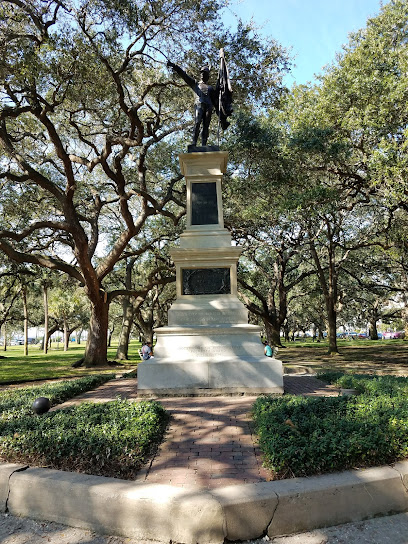
Middleton Place
Explore Middleton Place, a historic landmark featuring stunning gardens, rich heritage, and engaging exhibitions in Charleston, South Carolina.
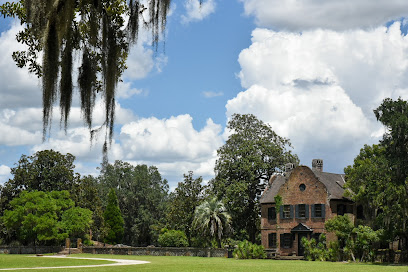
Marion Square
Discover the tranquil beauty of Marion Square, Charleston's historic park, featuring lush landscapes and vibrant community events.
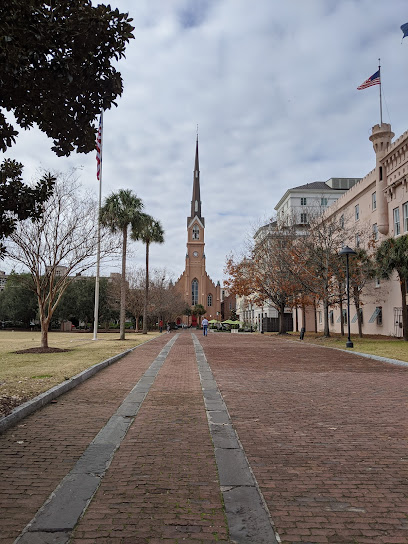
The Charleston Museum
Uncover the rich history and culture of Charleston at The Charleston Museum, a treasure trove of Southern heritage and natural wonders.
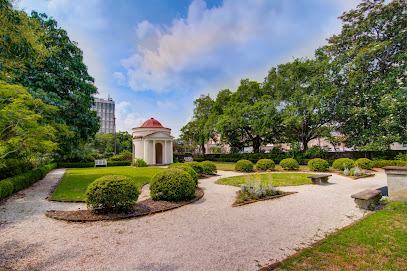
McLeod Plantation Historic Site
Explore the cultural and historical significance of McLeod Plantation, a must-visit landmark in Charleston showcasing the legacy of the Lowcountry.
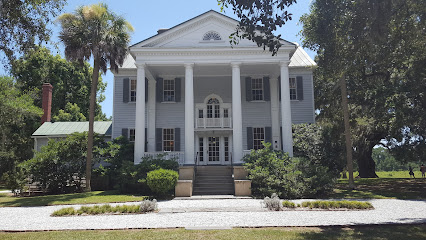
Hampton Park
Discover the tranquility of Hampton Park, Charleston's lush urban oasis, rich in history and perfect for relaxation and scenic strolls.
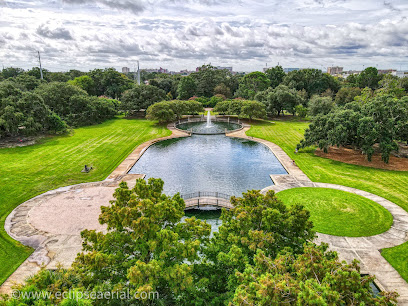
Unmissable attractions to see
Charleston City Market
Explore Charleston City Market: A historic hub of culture, crafts, and Southern hospitality, offering a unique shopping experience.

Magnolia Plantation and Gardens
Explore the enchanting Magnolia Plantation and Gardens, a historic gem in Charleston, SC, featuring breathtaking landscapes and rich Southern heritage.
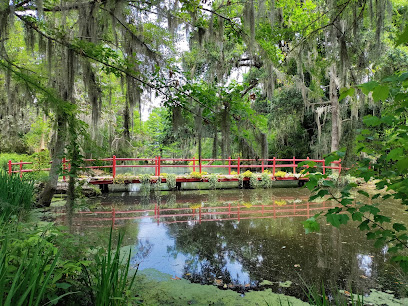
Boone Hall Plantation & Gardens
Explore Boone Hall Plantation & Gardens for a captivating blend of history, beauty, and Southern charm in Mount Pleasant, South Carolina.
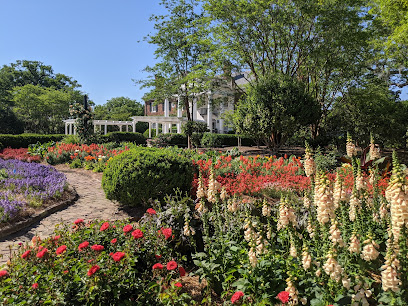
Pineapple Fountain
Experience the unique charm of the Pineapple Fountain, a symbol of hospitality nestled in Charleston's picturesque Waterfront Park.
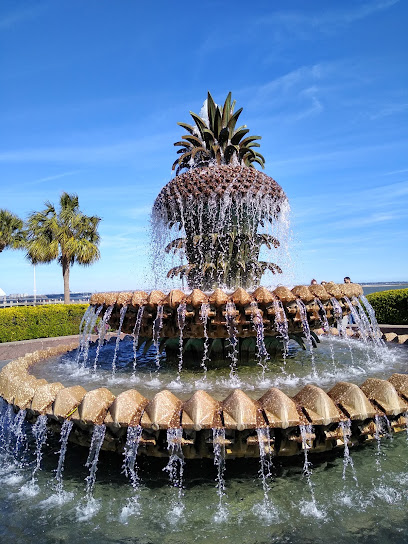
Riverfront Park
Explore Riverfront Park, a natural haven in North Charleston with walking trails, art installations, and scenic views along the Cooper River.
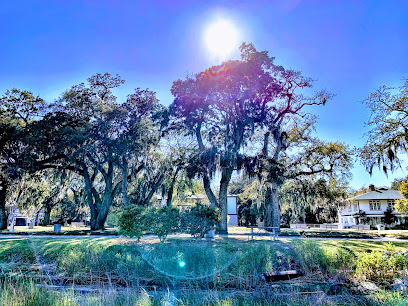
Middleton Place
Explore the historic beauty of Middleton Place, home to America’s oldest landscaped gardens and rich Southern heritage.
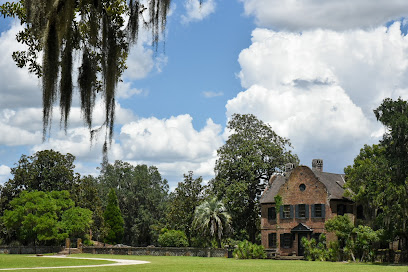
Old Slave Mart Museum
Explore the Old Slave Mart Museum in Charleston, SC, for a profound insight into the history and impact of slavery in America.
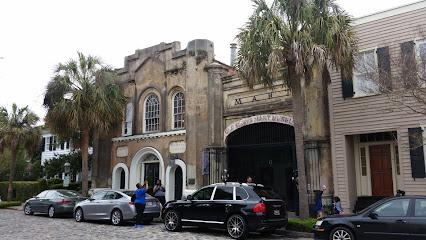
McLeod Plantation Historic Site
Discover the rich history and cultural heritage of Charleston at the McLeod Plantation Historic Site, an essential stop for every traveler.

Hampton Park
Explore Hampton Park, a tranquil escape in Charleston, SC, featuring stunning gardens, serene waters, and rich local heritage for an unforgettable experience.
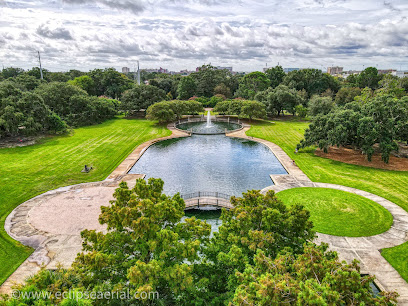
Old Exchange and Provost Dungeon
Uncover the rich history of Charleston at the Old Exchange and Provost Dungeon, a must-visit historical museum showcasing the city's revolutionary past.
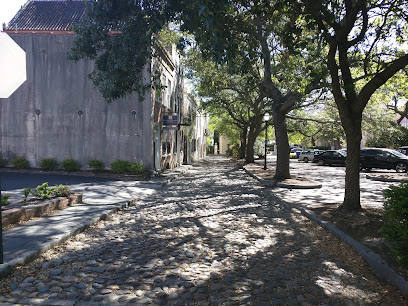
Kanawha State Forest
Discover the serene beauty and outdoor adventures at Kanawha State Forest, a perfect getaway in West Virginia for nature lovers and adventurers.
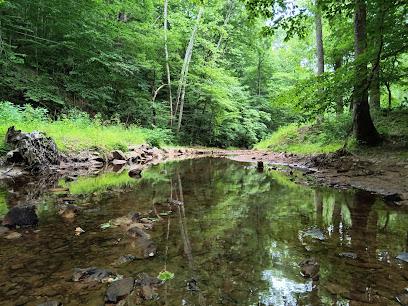
Liberty Square
Discover the beauty and history of Liberty Square, a scenic park in Charleston, SC, perfect for exploration and relaxation.

Arthur Ravenel Jr. Bridge
Explore the stunning Arthur Ravenel Jr. Bridge in Charleston, SC, a masterpiece of engineering with breathtaking views and vibrant surroundings.

Washington Square
Experience the beauty and history of Washington Square, a serene park in Charleston's French Quarter filled with lush landscapes and historic monuments.
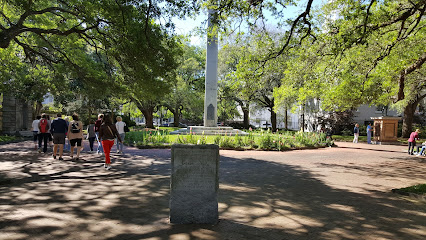
Gibbes Museum of Art
Discover the elegance of Southern art at the historic Gibbes Museum of Art in Charleston, SC, showcasing diverse collections from past to present.
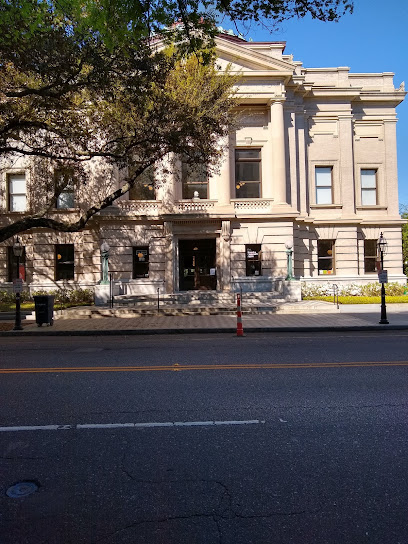
Essential places to dine
Fleet Landing Restaurant & Bar
Experience fresh seafood delights at Fleet Landing Restaurant & Bar in Charleston, where stunning waterfront views meet flavorful local cuisine.
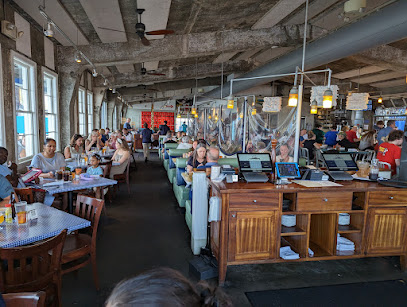
Lewis Barbecue Charleston
Experience the authentic taste of Southern barbecue at Lewis Barbecue in Charleston - where flavor meets tradition!
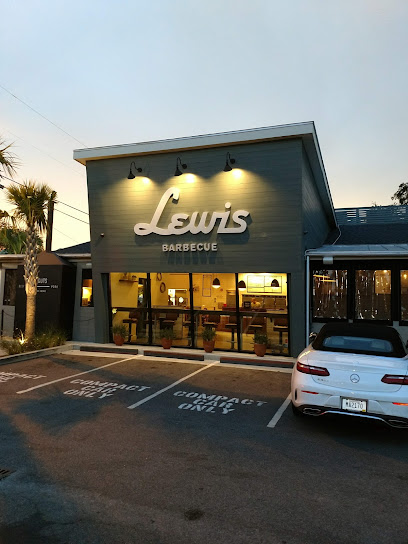
Halls Chophouse
Experience exceptional fine dining at Halls Chophouse in Charleston, SC - where steak lovers find their paradise.
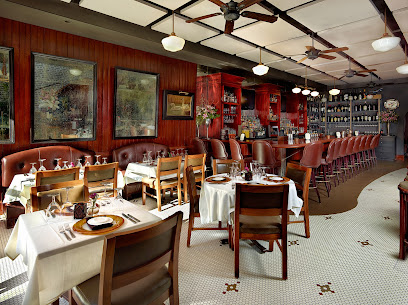
Poogan's Porch
Discover Poogan's Porch: A charming Southern restaurant serving up authentic flavors amidst the historic ambiance of Charleston.
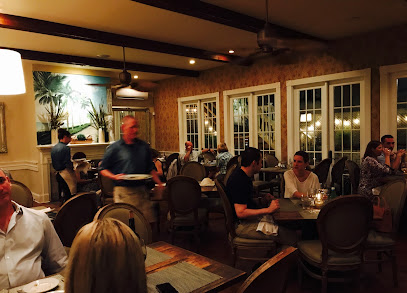
Toast! All Day
Experience the best of American cuisine at Toast! All Day in Charleston - your go-to spot for delightful breakfasts and brunches.
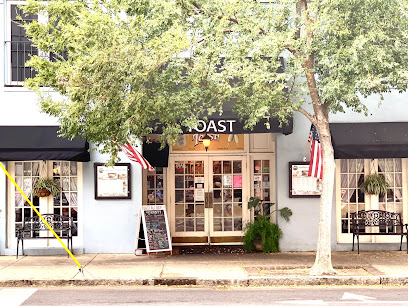
Magnolias
Experience exquisite Southern cuisine at Magnolias in Charleston - where culinary innovation meets tradition in an elegant setting.
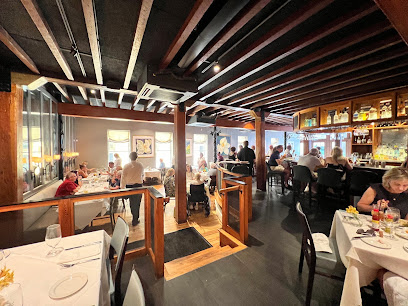
Husk
Experience authentic Southern cuisine at Husk Restaurant in Charleston - where local ingredients meet innovative culinary artistry.
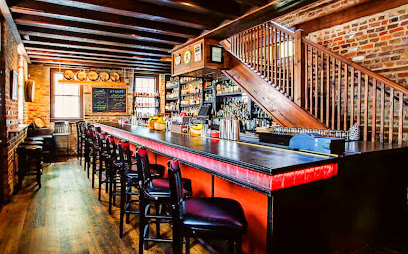
The Tattooed Moose
Discover The Tattooed Moose: where American cuisine meets local charm in North Charleston's vibrant dining scene.
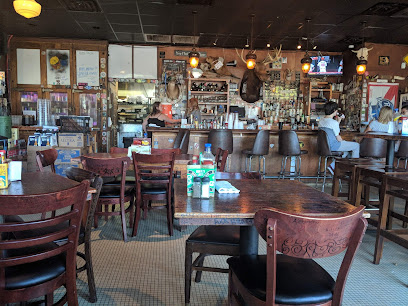
Church and Union Charleston
Experience the best of Southern-inspired American cuisine at Church and Union Charleston – where every meal is a celebration.
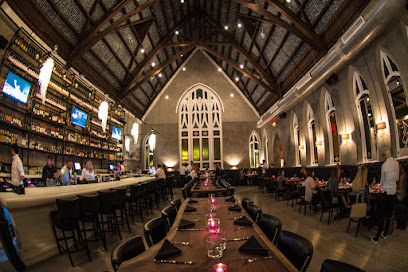
Hank's Seafood Restaurant
Experience the best of Southern seafood at Hank's Seafood Restaurant in Charleston - where freshness meets flavor in every bite.
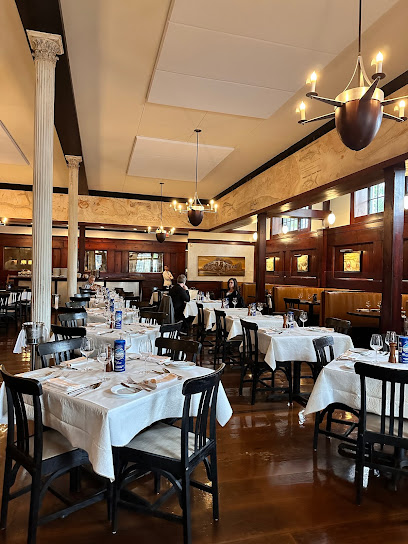
82 Queen
Experience the essence of Southern cuisine at 82 Queen in Charleston - where every dish tells a story.
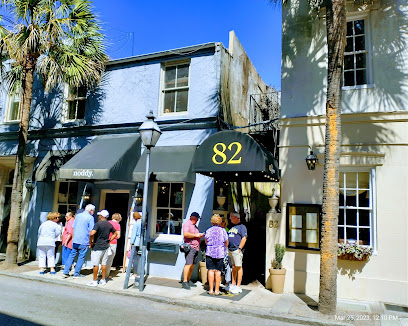
167 Raw Oyster Bar
Experience the freshest oysters and seafood delights at 167 Raw Oyster Bar in Charleston - where coastal flavors meet Southern hospitality.
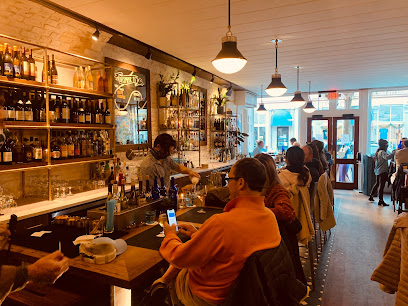
High Cotton Charleston Restaurant
Experience exquisite Southern seafood at High Cotton Charleston - where culinary tradition meets modern elegance.
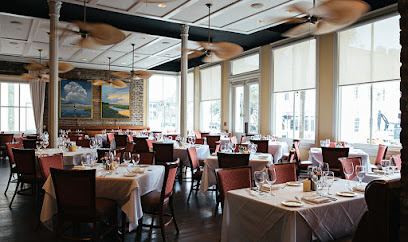
Slightly North of Broad Restaurant
Experience exquisite Southern flavors at Slightly North of Broad Restaurant in Charleston – where every meal is a celebration of local cuisine.
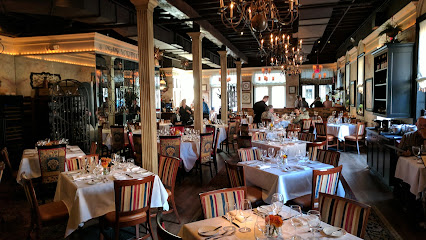
Poogan's Smokehouse
Experience authentic Southern barbecue at Poogan's Smokehouse in Charleston - where every bite tells a story.
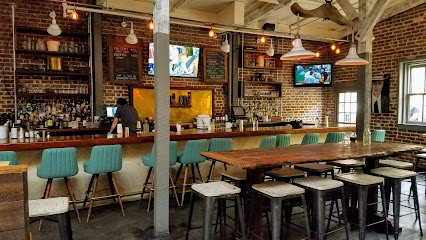
Markets, malls and hidden boutiques
The Shops at The Charleston Place
Explore the luxury boutiques and exquisite dining options at The Shops at The Charleston Place in the heart of historic Charleston.
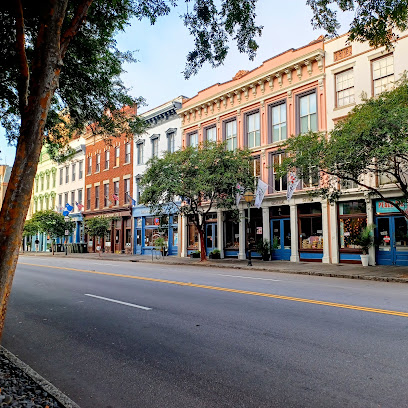
Savannah Bee Company
Explore the enchanting world of honey at Savannah Bee Company, your go-to gift shop in Charleston for unique honey products and delightful experiences.
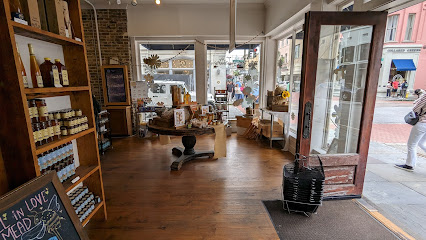
Old Whaling Company
Explore Old Whaling Company: A treasure trove of local artistry and coastal charm in the heart of Charleston.
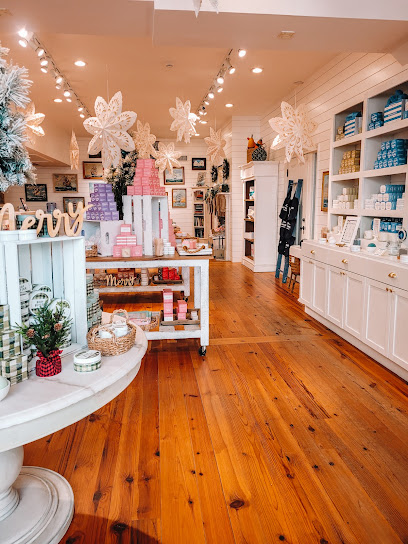
My Sister's Cottage
Discover unique gifts and charming local treasures at My Sister's Cottage in historic Charleston, SC – a boutique experience you won't want to miss!
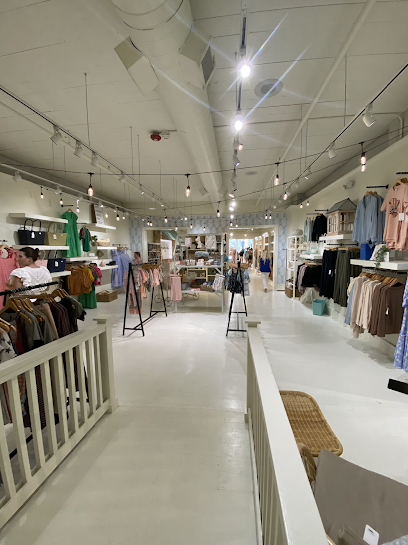
The Station Park Circle
Explore The Station Park Circle, a treasure trove of antiques and vintage clothing in North Charleston's vibrant Park Circle neighborhood.
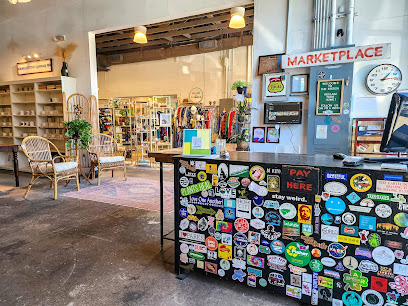
Black Octopus Mercantile LLC
Explore Black Octopus Mercantile in North Charleston for unique gifts, local art, and surf-inspired treasures that capture the spirit of the Lowcountry.
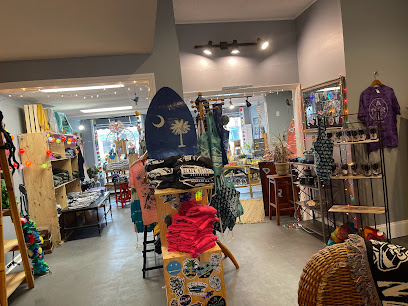
Carolina Girls Personalized Jewelry & Gifts
Explore Carolina Girls Personalized Jewelry & Gifts, where unique treasures and personalized jewelry celebrate the charm of Charleston, SC.
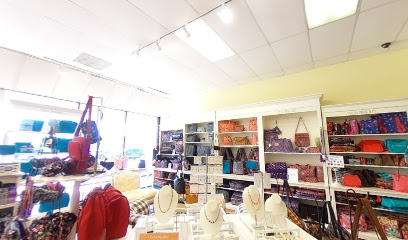
Sheila's Shamrock
Discover unique souvenirs and delightful gifts at Sheila's Shamrock in Charleston, where every item tells a story.
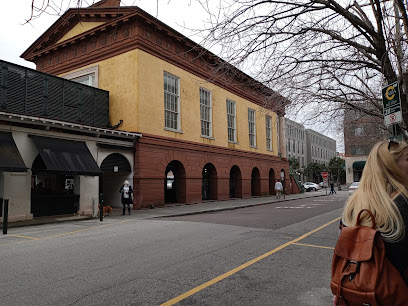
Copper Penny
Discover Copper Penny, Charleston's boutique gem offering stylish women's clothing and accessories amidst the charm of historic King Street.
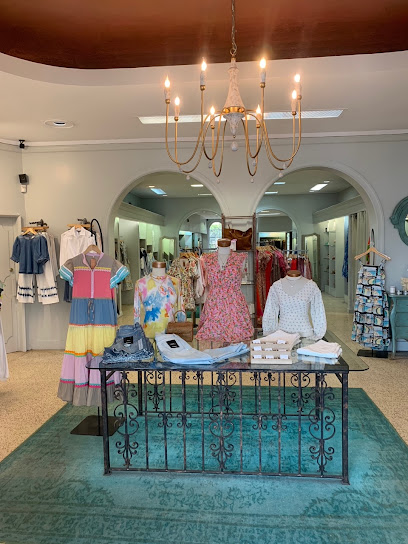
The Tiny Tassel
Discover unique gifts and local treasures at The Tiny Tassel, a charming shop in Charleston, SC, offering handmade jewelry, clothing, and festive supplies.

7 Hills Living
Explore the charming 7 Hills Living in Charleston for unique gifts, home decor, and artisanal treasures that capture the essence of southern craftsmanship.
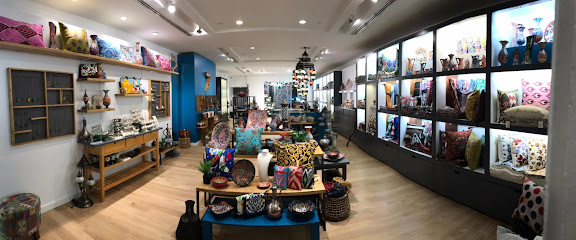
Farside Vintage
Explore Farside Vintage in Charleston for unique vintage clothing and sustainable fashion treasures that tell a story.
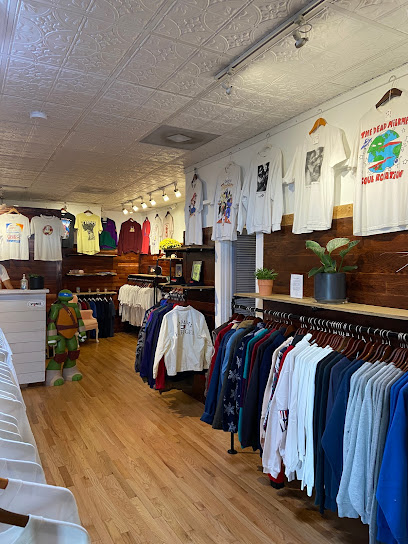
The Hidden Countship: Italian Boutique for Fine Living
Discover exquisite Italian gifts, clothing, and jewelry at The Hidden Countship, a boutique that embodies elegance and charm in Charleston.
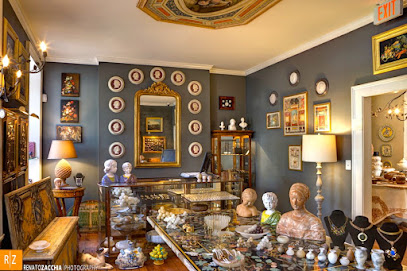
N’fes Handcrafted leater & Gift Market
Explore N’fes Handcrafted Leather & Gift Market in Charleston for unique crafts, leather goods, and a taste of local culture in a charming atmosphere.
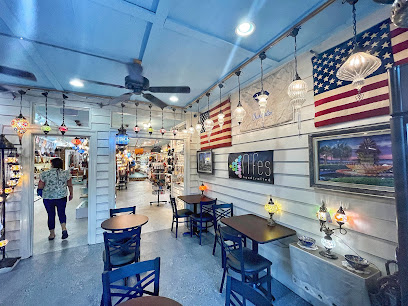
Noddy Charleston
Explore Noddy Charleston, your go-to gift shop for unique souvenirs and charming home goods in the heart of Charleston.
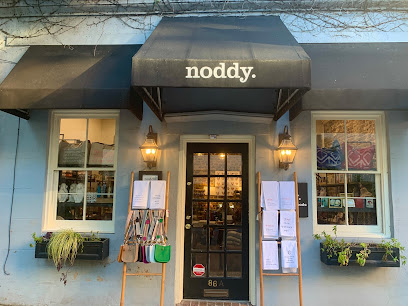
Essential bars & hidden hideouts
Blind Tiger Pub
Discover Charleston's Blind Tiger Pub, a historic bar offering delicious food, craft beers, and vibrant nightlife in the heart of the French Quarter.

Prohibition
Explore the vibrant cocktail culture of Charleston at Prohibition, where live music meets expertly crafted drinks in an inviting atmosphere.
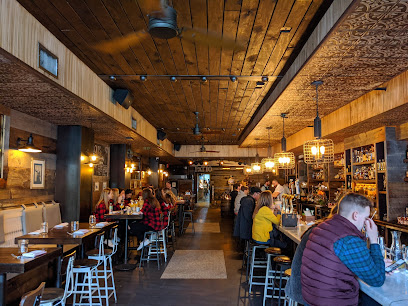
Henry's On The Market
Discover the perfect blend of dining and nightlife at Henry's On The Market, Charleston's vibrant destination for food and fun.
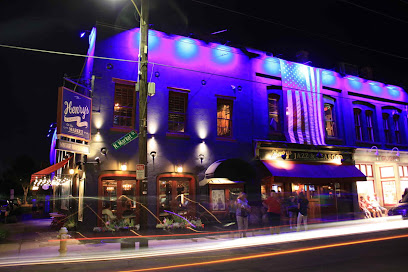
Recovery Room Tavern
Experience the heart of Charleston nightlife at Recovery Room Tavern, where great food and fun drinks await in a vibrant atmosphere.
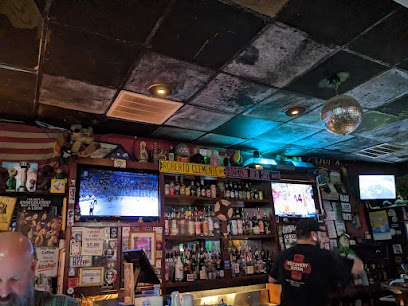
The Gin Joint
Experience the art of mixology at The Gin Joint, Charleston's premier cocktail bar, where creativity meets flavor in every sip.
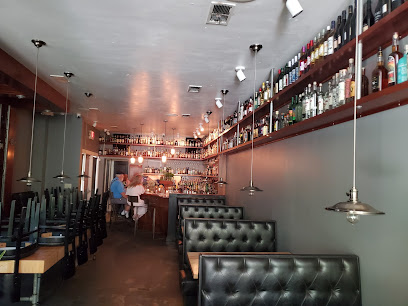
The Cocktail Club
Experience Charleston's vibrant nightlife at The Cocktail Club, where expertly crafted cocktails and a lively atmosphere await.
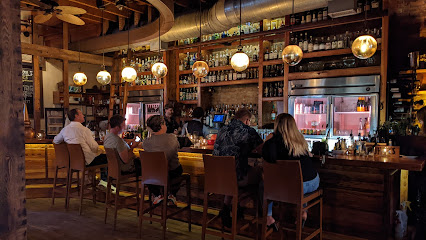
Burns Alley Tavern
Experience the charm of Charleston at Burns Alley Tavern, a cozy bar with live music and affordable drinks in a historic setting.
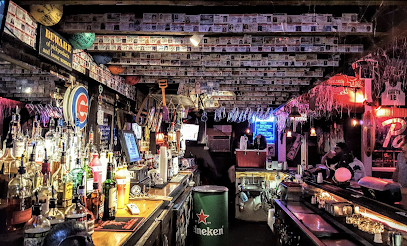
Doar Bros.
Explore Charleston's cocktail scene at Doar Bros., where unique drinks and delicious small plates create an unforgettable dining experience.
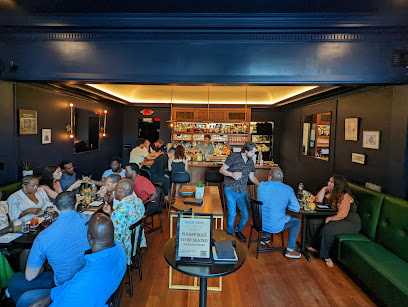
Bin 152
Discover the perfect blend of fine wines and gourmet cuisine at Bin 152, a must-visit wine bar and restaurant in Charleston.
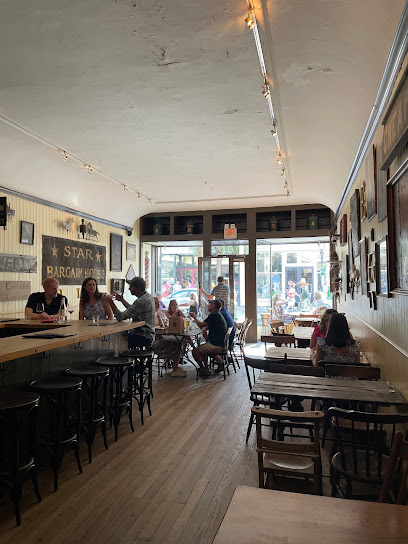
The Belmont
Experience the vibrant nightlife of Charleston at The Belmont, where unique cocktails and a lively atmosphere await every visitor.
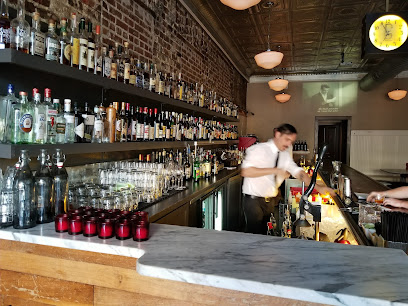
Big John's Tavern
Discover the vibrant atmosphere of Big John's Tavern in Charleston, where rustic charm meets delicious food and drinks in a welcoming setting.
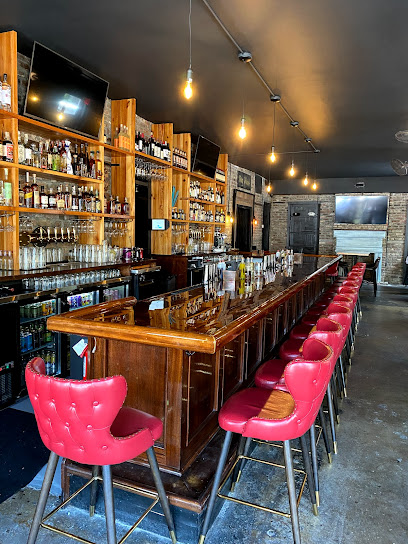
Vintage Lounge
Experience the best cocktails and vibrant ambiance at Vintage Lounge, Charleston's premier cocktail and wine bar in the heart of the city.
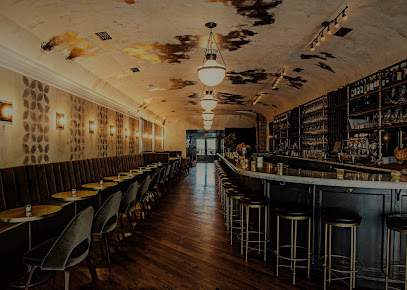
Faculty Lounge
Experience Charleston's nightlife at Faculty Lounge, where cocktails meet dancing in a vibrant social atmosphere.
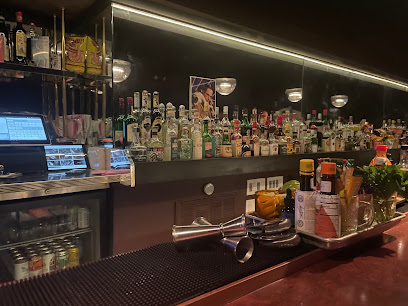
Little Palm
Discover Little Palm, a charming bar and restaurant in Charleston offering local flavors, innovative cocktails, and a welcoming atmosphere.
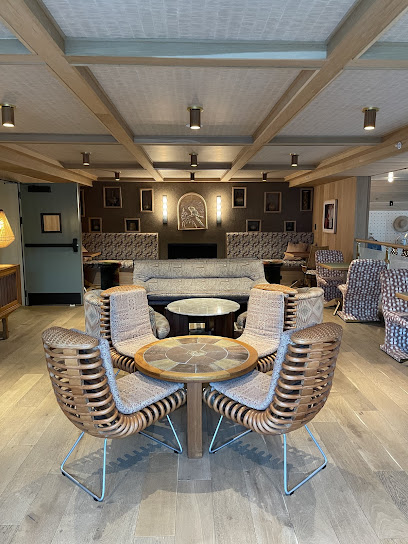
Elliotborough Mini Bar
Discover the cozy charm of Elliotborough Mini Bar in Charleston, where local flavors meet creative cocktails in a relaxed atmosphere.
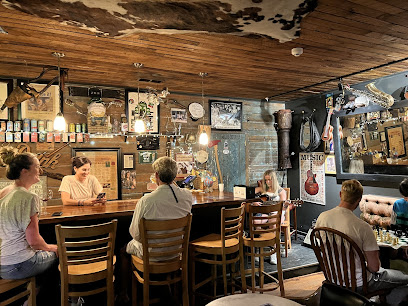
Local Phrases
-
- HelloHey y'all
[hey yawl] - GoodbyeSee y'all later
[see yawl lay-tuh] - YesYessir
[yes-suh] - NoNah
[nah] - Please/You're welcomePlease/You're welcome
[Please/You're welcome] - Thank youThank ya
[thank yuh] - Excuse me/SorryBeg your pardon
[beg yuh pahd-n] - How are you?How y'all doin'?
[how yawl doin'] - Fine. And you?Fine. An' you?
[fine. an' yuh?] - Do you speak English?Ya speak English?
[yuh speak english?] - I don't understandI ain't catchin' on
[I ain't catchin' on]
- HelloHey y'all
-
- I'd like to see the menu, pleaseI wanna check out the menu, please
[I wanna check out the menu, please] - I don't eat meatI don't eat no meat
[I don't eat no meat] - Cheers!Cheers!
[Cheers!] - I would like to pay, pleaseI'd like to settle up, please
[I'd like to settle up, please]
- I'd like to see the menu, pleaseI wanna check out the menu, please
-
- Help!Help!
[Help!] - Go away!Git on outta here!
[Git on outta here!] - Call the Police!Ring up the Po-leece!
[Ring up the Po-leece!] - Call a doctor!Holler for a doc!
[Holler for a doc!] - I'm lostI done gone lost
[I done gone lost] - I'm illI'm feelin' poorly
[I'm feelin' poorly]
- Help!Help!
-
- I'd like to buy...I'm fixin' to buy...
[I'm fixin' to buy...] - I'm just lookingI'm just browsin'
[I'm just browsin'] - How much is it?How much does it run?
[How much does it run?] - That's too expensiveThat's too steep
[That's too steep] - Can you lower the price?Can ya do better on the price?
[Can ya do better on the price?]
- I'd like to buy...I'm fixin' to buy...
-
- What time is it?What's the time?
[What's the time?] - It's one o'clockIt's one o'clock
[It's one o'clock] - Half past (10)Half past (10)
[Half past (10)] - MorningMornin'
[Mornin'] - AfternoonAfternoon
[Afternoon] - EveningEvenin'
[Evenin'] - YesterdayYestiddy
[Yestiddy] - TodayToday
[Today] - TomorrowTomorra
[Tomorra] - 1One
[One] - 2Two
[Two] - 3Three
[Three] - 4Four
[Four] - 5Five
[Five] - 6Six
[Six] - 7Seven
[Seven] - 8Eight
[Eight] - 9Nine
[Nine] - 10Ten
[Ten]
- What time is it?What's the time?
-
- Where's a/the...?Where's a/the...?
[Where's a/the...?] - What's the address?What's the address?
[What's the address?] - Can you show me (on the map)?Can you show me (on the map)?
[Can you show me (on the map)?] - When's the next (bus)?When's the next (bus)?
[When's the next (bus)?] - A ticket (to ....)A ticket (to ....)
[A ticket (to ....)]
- Where's a/the...?Where's a/the...?
History of Charleston
-
Established in 1670, Charleston was initially named Charles Town in honor of King Charles II of England. The city was founded by English colonists and became an essential port city in the American South due to its strategic location and natural harbor.
-
Charleston played a significant role in the American Revolution. The city was the site of the Battle of Sullivan's Island in 1776, where the American forces successfully defended Fort Moultrie against a British naval attack. This victory bolstered American morale and delayed British plans to capture the Southern colonies.
-
In 1780, Charleston was captured by British forces after a six-week siege. This was one of the worst American defeats of the war, leading to nearly 5,000 American troops being taken as prisoners of war. The city remained under British control until the end of the war in 1782.
-
Charleston is notably where the first shots of the American Civil War were fired. On April 12, 1861, Confederate forces attacked Fort Sumter in Charleston Harbor, leading to a four-year conflict between the North and South. The city endured significant damage during the war, including a devastating fire in 1861 that destroyed much of the city.
-
Charleston was a major center for the transatlantic slave trade in North America. The city's port was one of the main entry points for enslaved Africans brought to the United States. The Old Slave Mart, now a museum, stands as a poignant reminder of this dark chapter in Charleston's history.
-
Following the Civil War, Charleston underwent significant changes during the Reconstruction Era. The city struggled with economic hardships and social turbulence as it transitioned from a society built on slavery to one embracing newfound freedoms for African Americans. This period saw the establishment of many African American institutions and communities.
-
In the early 20th century, Charleston experienced a cultural and economic revival known as the Charleston Renaissance. This period was marked by a renewed interest in the city's history, architecture, and arts. Prominent figures such as writers Dubose Heyward and Josephine Pinckney, and artists like Alice Ravenel Huger Smith, played key roles in this movement.
-
Today, Charleston is renowned for its well-preserved historical architecture, vibrant arts scene, and rich cultural heritage. The city's historic district, with its cobblestone streets, antebellum houses, and historic churches, attracts millions of tourists each year. Events like the Spoleto Festival USA and the Charleston Wine + Food Festival celebrate the city's ongoing cultural vibrancy.
Charleston Essentials
-
Charleston is accessible by air, road, and rail. The Charleston International Airport (CHS) is the primary gateway, offering numerous domestic flights and some international connections. The airport is approximately 12 miles from downtown Charleston. For those driving, Interstate 26 and US Highway 17 are the main routes leading into the city. Amtrak provides train services with the Charleston station located in North Charleston, offering connections to major cities along the East Coast.
-
Charleston offers various transportation options including taxis, rideshare services (like Uber and Lyft), and public buses operated by the Charleston Area Regional Transportation Authority (CARTA). CARTA also operates the DASH shuttle buses, which are free and convenient for getting around downtown. For a more scenic option, visitors can use bike rentals or horse-drawn carriages. Car rentals are also available but note that parking can be challenging in the historic downtown area.
-
The currency used in Charleston is the US Dollar (USD). Credit and debit cards are widely accepted in most establishments including hotels, restaurants, and shops. ATMs are plentiful, particularly in tourist areas. It is advisable to carry some cash for smaller vendors, markets, or tips.
-
Charleston is generally a safe destination for tourists. However, visitors should exercise normal precautions. Areas to be cautious in include parts of North Charleston and certain neighborhoods like the Eastside. Avoid walking alone at night in unfamiliar areas and be vigilant about personal belongings in crowded places. Always use reputable transportation services.
-
In case of emergencies, dial 911 for immediate assistance. Charleston has several hospitals including the Medical University of South Carolina (MUSC) and Roper Hospital. Pharmacies are widespread, and many are open 24 hours. It is advisable to have travel insurance that covers medical emergencies. The Charleston Police Department is active in the community and can assist with various issues.
-
Fashion: Do dress comfortably and appropriately for the weather, which can be hot and humid. Dress modestly when visiting churches or historic sites. Religion: Do respect local customs and traditions. Many historic churches welcome visitors but require respectful attire. Public Transport: Do be courteous on public transit. Offer seats to elderly passengers and avoid loud conversations. Greetings: Do greet people with a friendly 'hello' or 'how are you?' A handshake is a common gesture when meeting someone new. Eating & Drinking: Do try the local cuisine, including seafood and low-country dishes. Don't forget to tip, as it is customary in the US, generally 15-20% of the bill.
-
To experience Charleston like a local, visit the farmers' markets, especially the Charleston Farmers Market in Marion Square. Take a walk along the Battery and Waterfront Park for stunning views and a taste of local life. Explore neighborhoods like the French Quarter and South of Broad for beautiful historic homes and gardens. Don't miss out on local festivals and events, which are great ways to immerse yourself in the culture. For a unique experience, consider a boat tour to see the city from the water or visit nearby plantations and gardens for a deeper understanding of the area's history.
Trending Landmark in Charleston
-
Charleston City Market
-
Bulldog Tours
-
Fort Sumter National Monument
-
Joe Riley Waterfront Park
-
Angel Oak Tree
-
Magnolia Plantation and Gardens
-
South Carolina Aquarium
-
Rainbow Row
-
Pineapple Fountain
-
White Point Garden
-
Middleton Place
-
Marion Square
-
The Charleston Museum
-
McLeod Plantation Historic Site
-
Hampton Park
Nearby Cities to Charleston
-
Things To Do in Beckley
-
Things To Do in Parkersburg
-
Things To Do in Marietta
-
Things To Do in Lewisburg
-
Things To Do in Bluefield
-
Things To Do in Clarksburg
-
Things To Do in Chillicothe
-
Things To Do in Blacksburg
-
Things To Do in Elkins
-
Things To Do in Zanesville
-
Things To Do in Fairmont
-
Things To Do in Roanoke
-
Things To Do in Morgantown
-
Things To Do in Wheeling
-
Things To Do in Columbus



















